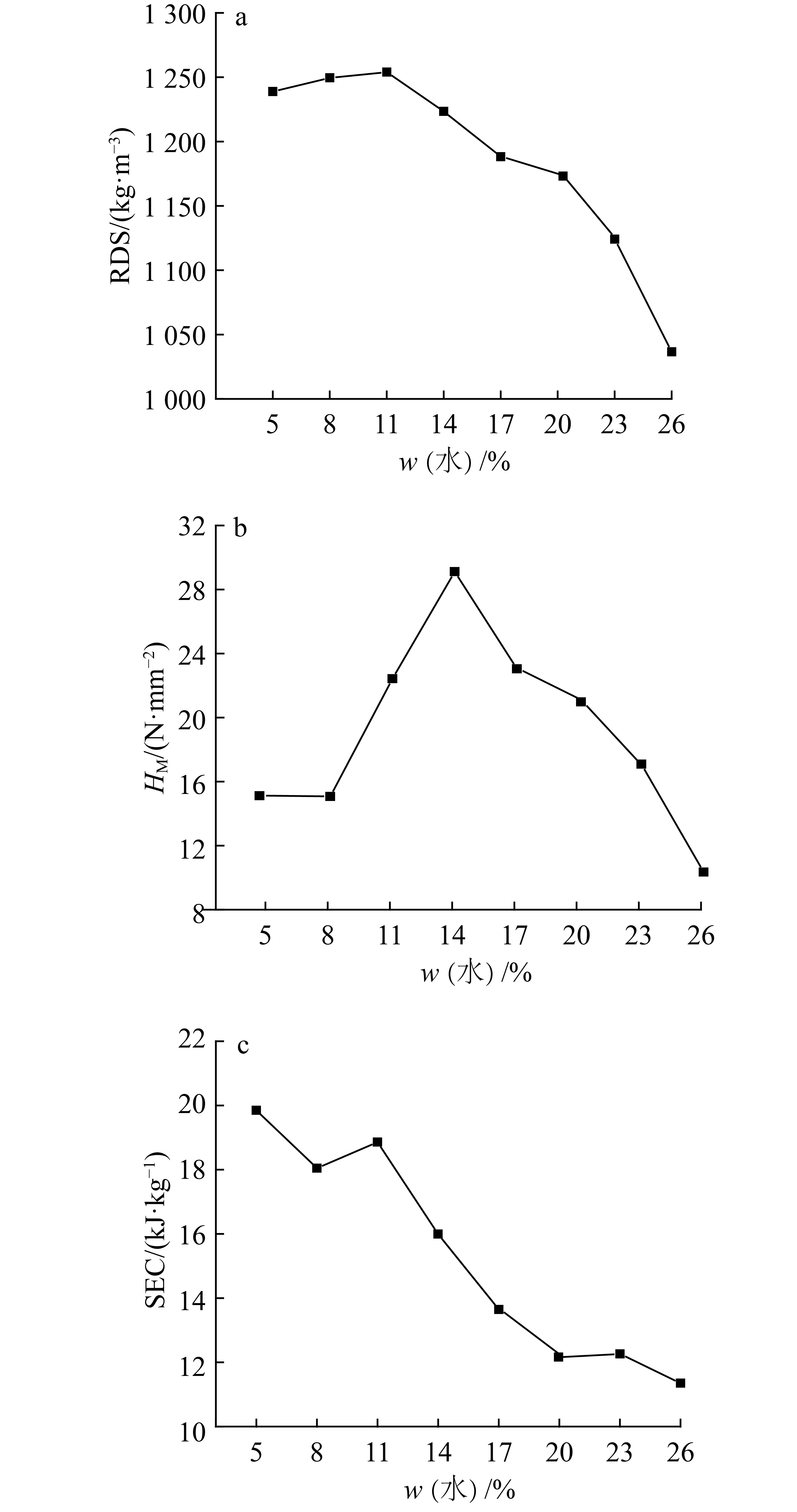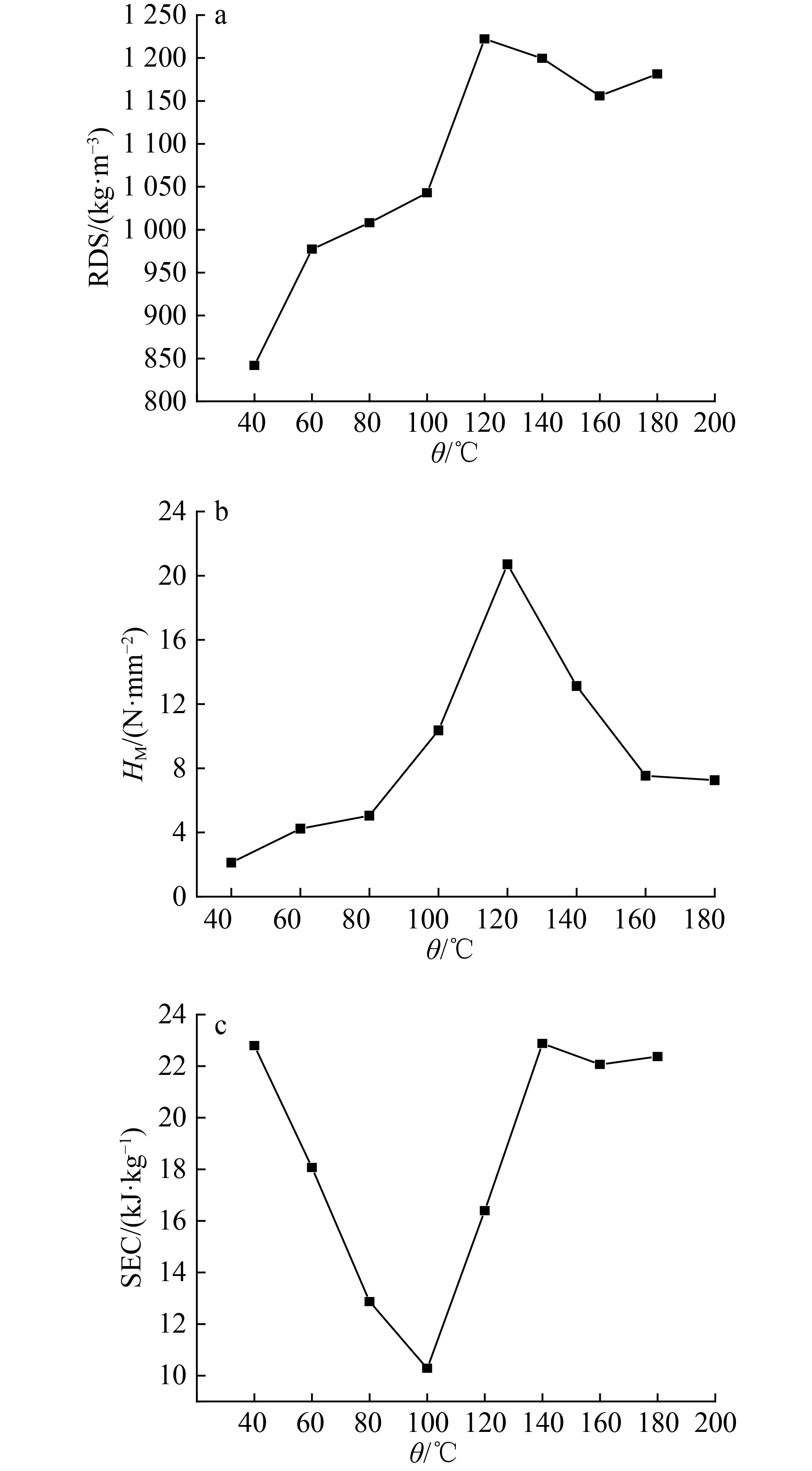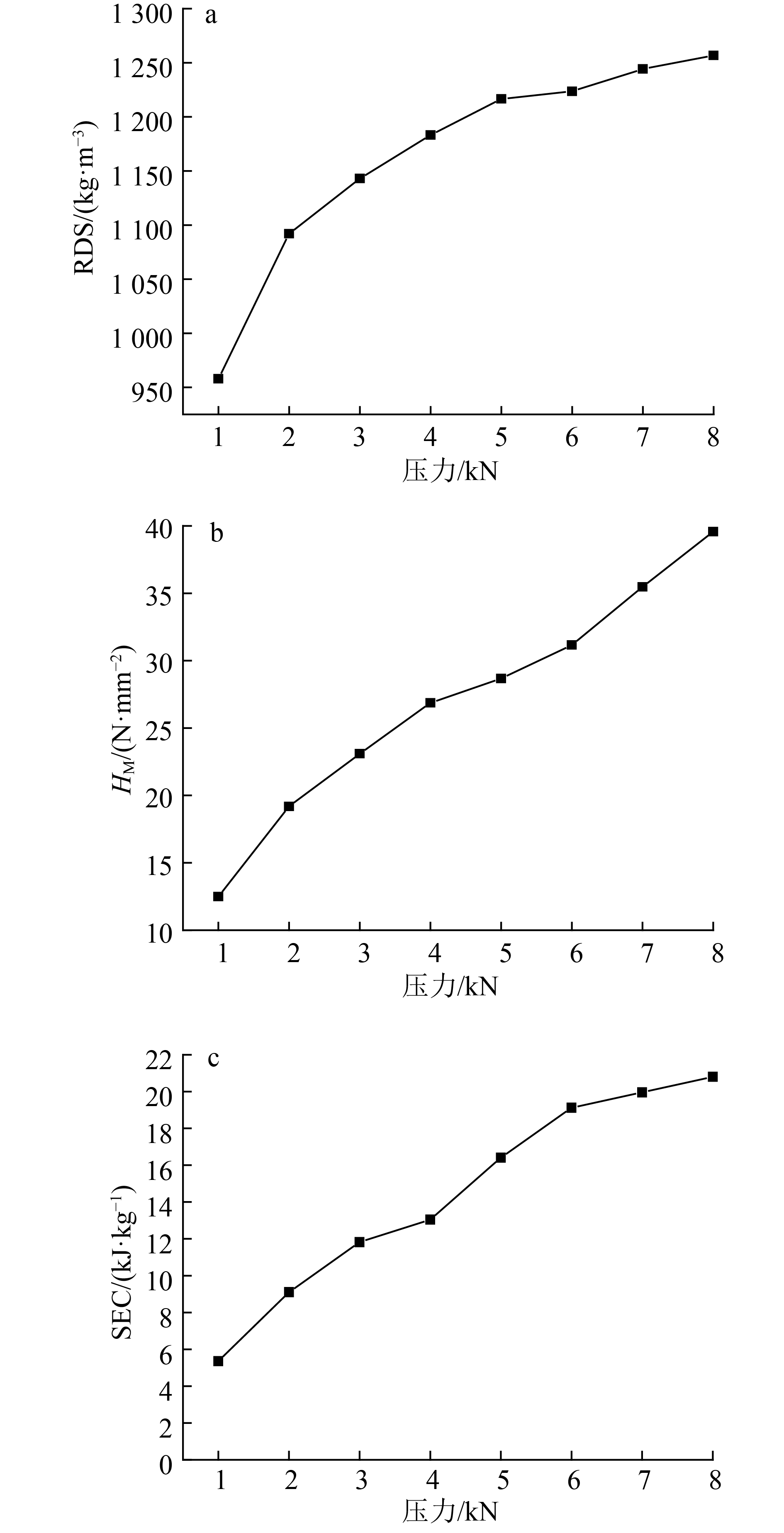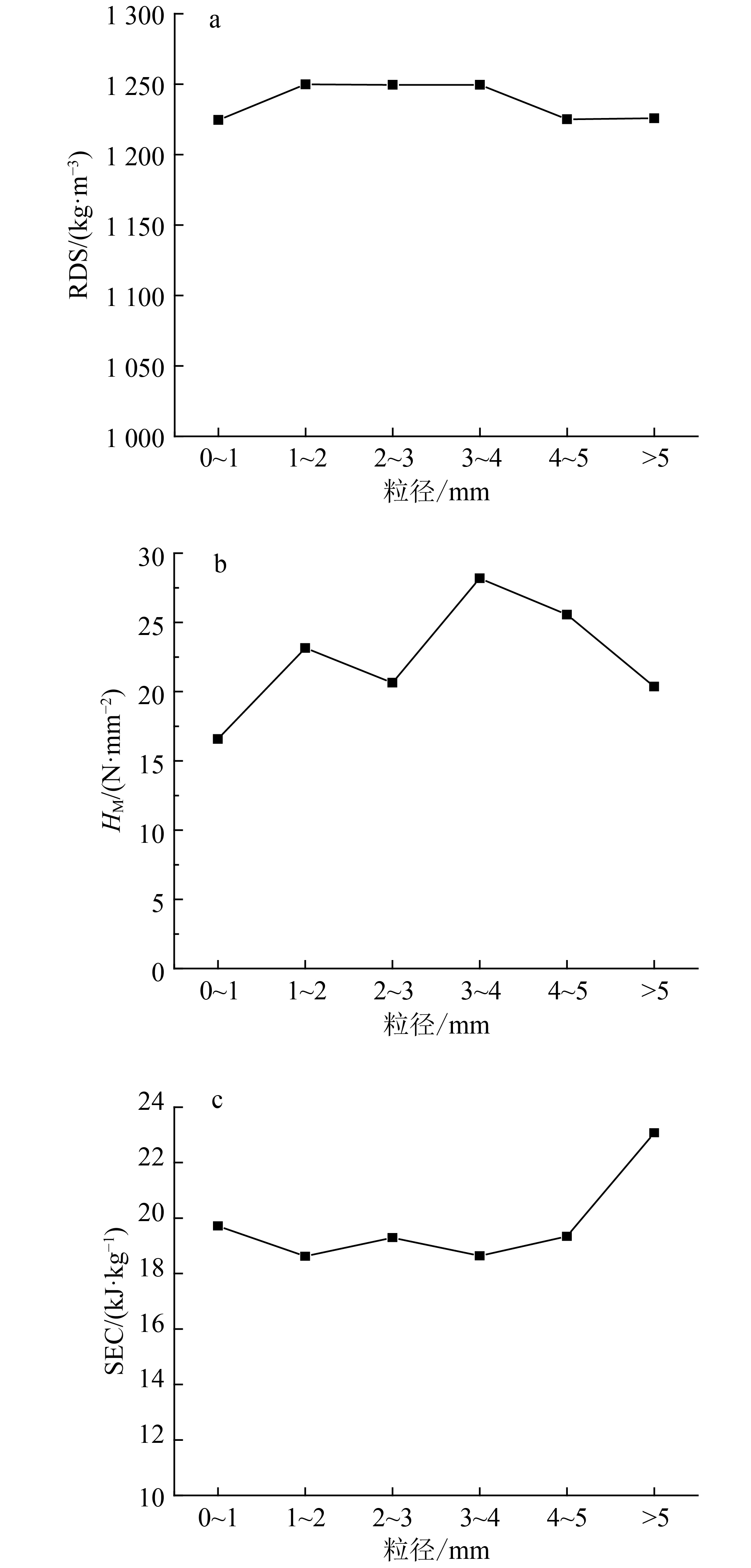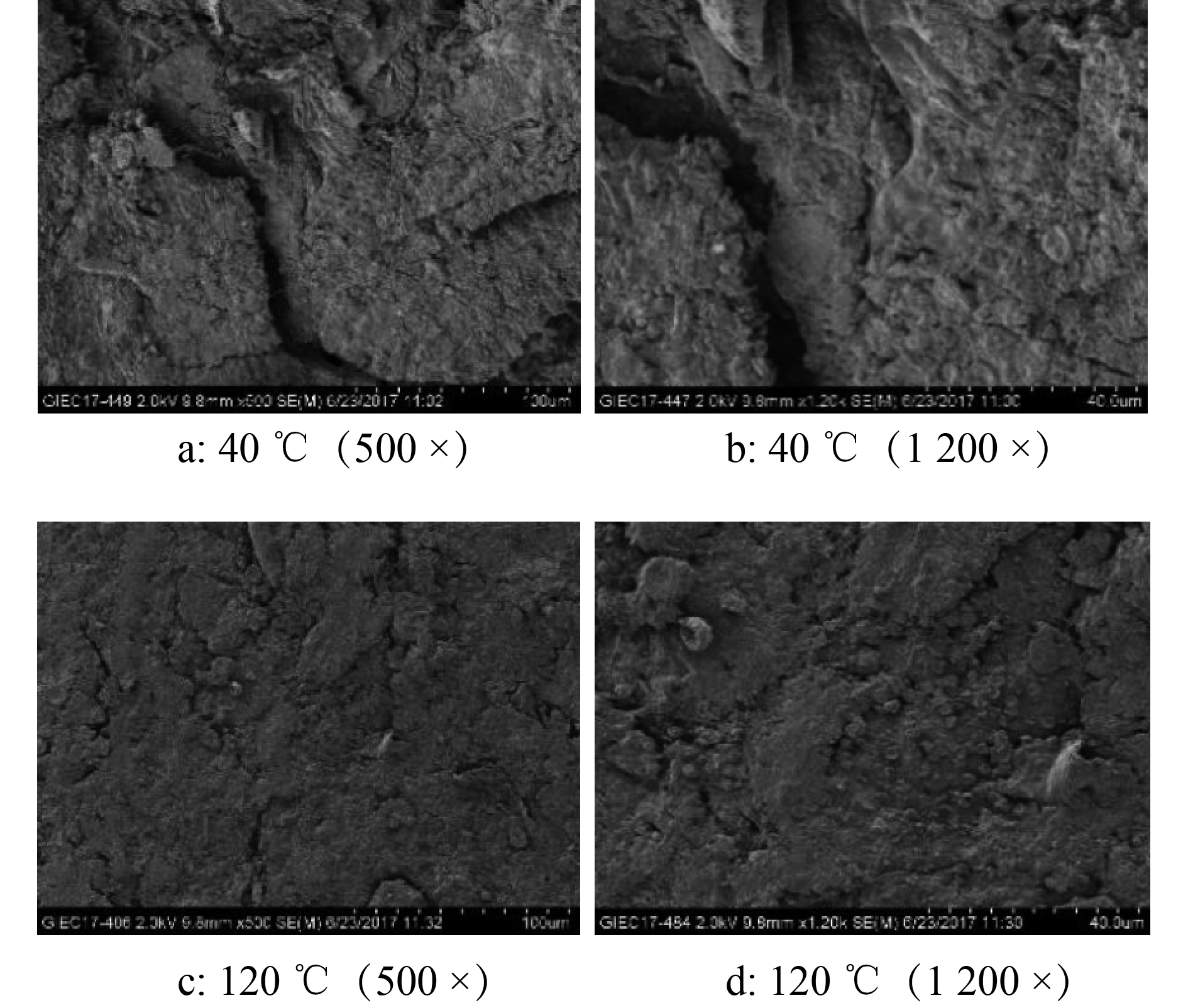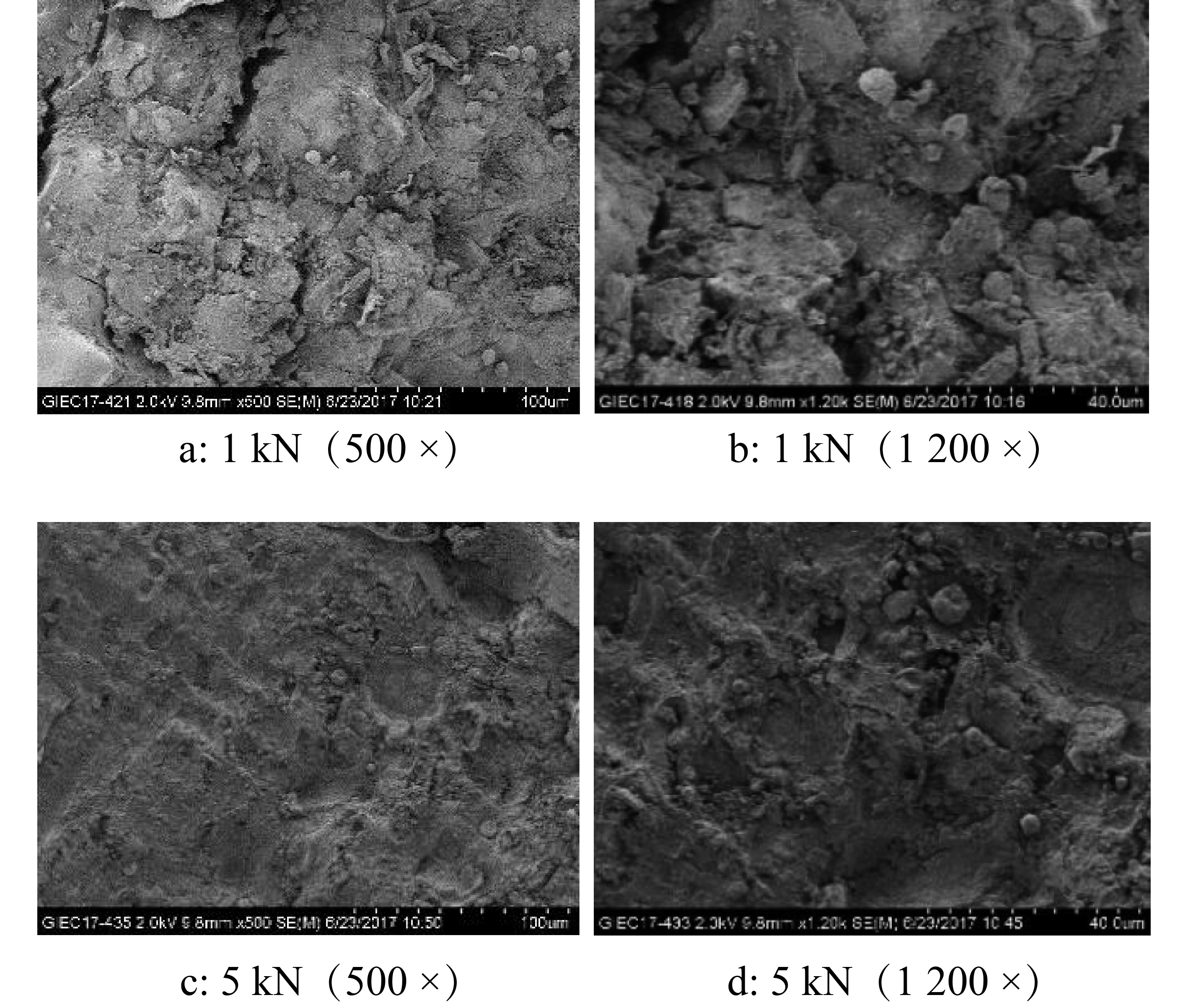Study on pelletization characteristics of Flammulina velutipes residues
-
摘要:目的
以金针菇Flammulina velutipes菌渣为原料,结合生物质成型技术,开展金针菇菌渣成型特性的研究,探索金针菇菌渣能源化利用的新途径。
方法利用万能力学试验机制得成型颗粒,以松弛密度(RDS)、Meyer强度(HM)和比能耗(SEC)为成型燃料的技术指标,研究水分含量、温度、压力和原料粒径4个参数对菌渣原料成型颗粒品质的影响,并通过扫描电镜观察成型颗粒断面微观形态,进一步验证成型条件对成型效果的影响。
结果在选取的水分含量、温度、压力和原料粒径的变化范围之内,菌渣都能压缩成型,结合3个成型指标,确定金针菇菌渣成型的最优工艺参数为:水分含量(w) 11%~14%,温度100~120 ℃,压力3~5 kN,原料粒径0~5 mm。扫描电镜结果表明,在一定范围内温度和压力升高可以使成型颗粒粒子间结合更紧密。
结论金针菇菌渣成型效果良好,是一种较易成型的生物质原料。
Abstract:ObjectiveTo investigate the pelletization characteristics of Flammulina velutipes residues combined with biomass densification technology and explore a new approach to energy utilization of F. velutipes residues.
MethodThe pellets were densified by universal mechanical test mechanism. The effects of moisture content, temperature, compression force and particle size on the quality of pellets were studied using relaxed density (RDS), Meyer hardness (HM) and specific energy consumption (SEC) as technical indexes of densifying fuel. The cross-section microstructure of the pellets was observed by scanning electron microscope (SEM) to further verify the effects of densification conditions on pelletization results.
ResultThe residues were all compressed and formed in the stated ranges of moisture content, temperature, compression force and particle size. Combining three pelletization indexes, the optimum technological parameters of F. velutipes residue molding were confirmed as: moisture content 11%–14%, temperature 100–120 ℃, compression force 3–5 kN and particle size 0–5 mm. SEM observation indicated that the increases of temperature and compression force in reasonable ranges could make the combination of pellet particles closer.
ConclusionF. velutipes residue has a good pelletization performance and is a kind of relatively easily densified biomass material.
-
-
表 1 试验参数取值
Table 1 Parameters for pelleting experiments
指标 w(水)/% θ/℃ 压力/kN 原料粒径/mm 取值范围 5~26 40~180 1~8 >0 试验取值 5,8,11,14,
17,20,23,2640,60,80,100,
120,140,160,1801,2,3,4,
5,6,7,80~1,1~2,2~3,
3~4,4~5,>5 -
[1] 简相坤, 刘石彩. 生物质固体成型燃料研究现状及发展前景[J]. 生物质化学工程, 2013, 47(2): 54-58. [2] ZAFARI A, KIANMEHR M H. Factors affecting mechanical properties of biomass pellet from compost[J]. Environ Technol, 2013, 35(4): 478-486.
[3] CARONE M T, PANTALEO A, PELLERANO A. Influence of process parameters and biomass characteristics on the durability of pellets from the pruning residues of Olea europaea L.[J]. Biomass Bioenerg, 2011, 35(1): 402-410.
[4] 王功亮, 姜洋, 李伟振, 等. 基于响应面法的玉米秸秆成型工艺优化[J]. 农业工程学报, 2016, 32(13): 223-227. [5] 姬爱民, 赵荣煊, 李海英, 等. 秸秆类生物质压力成型过程影响因素研究[J]. 农机化研究, 2017(2): 220-225. [6] 马培勇, 施苏薇, 邢献军, 等. 毛竹颗粒燃料成型工艺研究[J]. 可再生能源, 2016, 34(11): 1714-1719. [7] 董雪梅, 王延锋, 孙靖轩, 等. 食用菌菌渣综合利用研究进展[J]. 中国食用菌, 2013, 32(6): 4-6. [8] 卫智涛, 周国英, 胡清秀. 食用菌菌渣利用研究现状[J]. 中国食用菌, 2010, 29(5): 3-6. [9] 李伟振, 姜洋, 王功亮, 等. 生物质压缩成型机理研究进展[J]. 可再生能源, 2016, 34(10): 1525-1532. [10] LI H, LIU X, LEGROS R, et al. Pelletization of torrefied sawdust and properties of torrefied pellets[J]. Appl Energy, 2012, 93: 680-685.
[11] PENG J H, BI H T, LIM C J, et al. Study on density, hardness, and moisture uptake of torrefied wood pellets[J]. Energy Fuels, 2013, 27(2): 967-974.
[12] 张静, 郭玉明, 贠慧星. 原料含水率对生物质固体燃料成型效果的影响[J]. 山西农业科学, 2012, 40(1): 65-67. [13] STELTE W, HOLM J K, SANADI A R, et al. Fuel pellets from biomass: The importance of the pelletizing pressure and its dependency on the processing conditions[J]. Fuel, 2011, 90(11): 3285-3290.
[14] LEE S M, AHN B J, CHOI D H, et al. Effects of densification variables on the durability of wood pellets fabricated with Larix kaempferi C. and Liriodendron tulipifera L. sawdust[J]. Biomass Bioenerg, 2013, 48: 1-9.
[15] 张霞, 蔡宗寿, 陈丽红, 等. 生物质成型燃料致密成型机理及品质评价指标[J]. 可再生能源, 2014, 32(12): 1917-1921. [16] KALIYAN N, MOREY R V. Natural binders and solid bridge type binding mechanisms in briquettes and pellets made from corn stover and switchgrass[J]. Bioresour Technol, 2010, 101(3): 1082-1090.
[17] STELTE W, HOLM J K, SANADI A R, et al. A study of bonding and failure mechanisms in fuel pellets from different biomass resources[J]. Biomass Bioenerg, 2011, 35(2): 910-918.



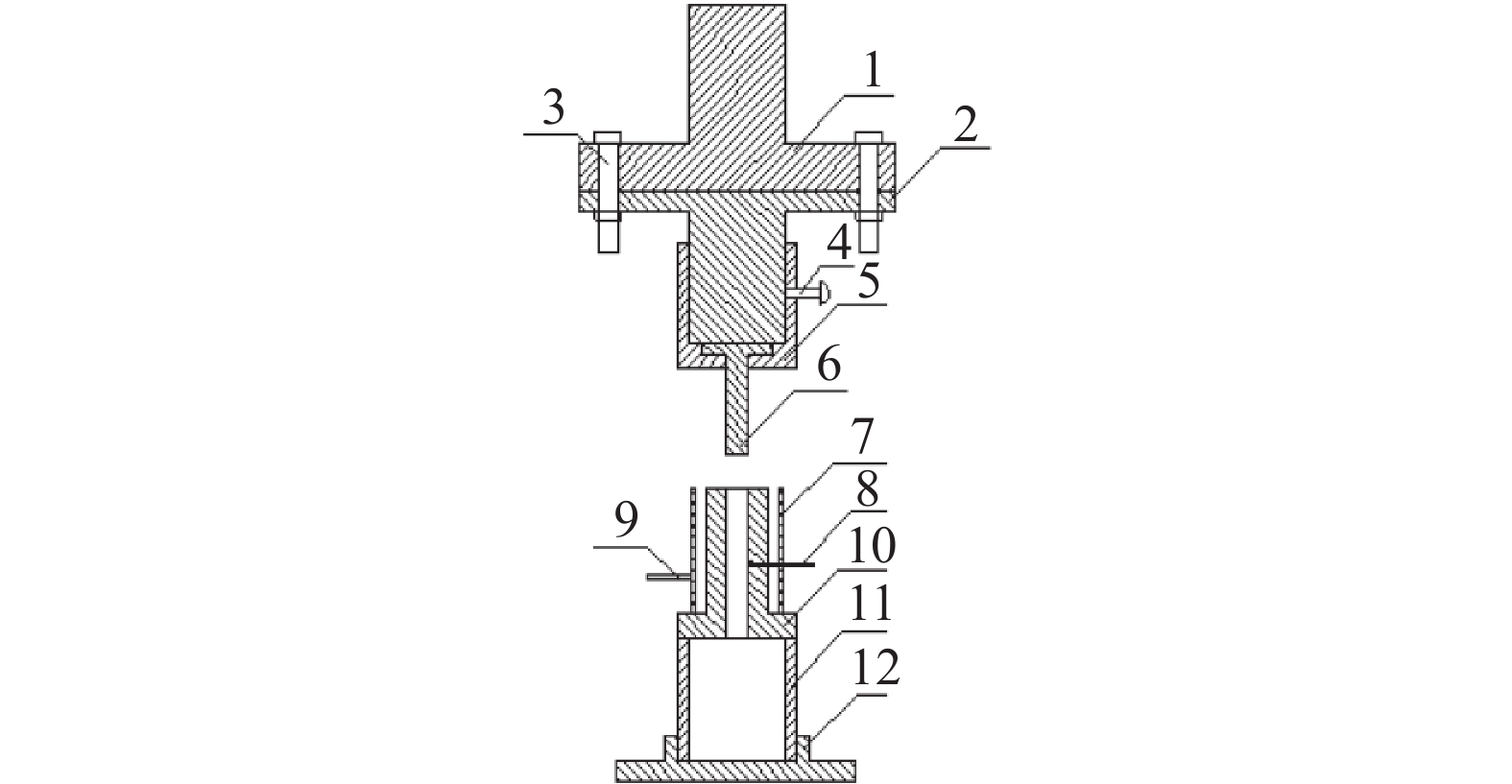
 下载:
下载:
